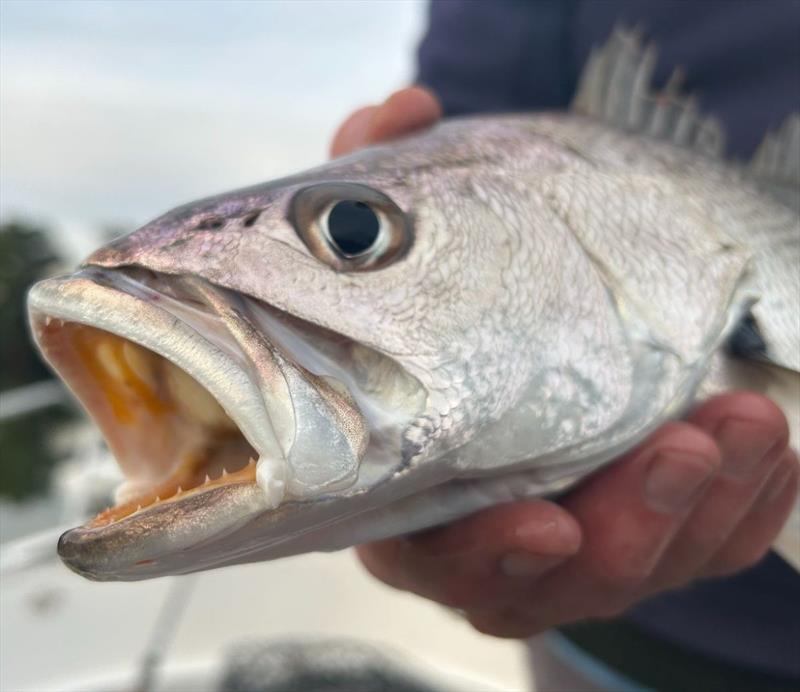
Helping the mighty Mulloway
by NSW DPI - Recreational Fisheries 30 Jul 2023 23:42 UTC

Helping the mighty Mulloway © NSW DPI - Recreational Fisheries
Mulloway is classified as a 'depleted stock' in NSW and DPI Fisheries is developing a formal harvest strategy for this important species to improve certainty in future decision making on harvest controls for Mulloway.
Recreational fishers can do their bit to help our mighty Mulloway by following the below tips:
- Reduce the risk caused by deep hooking
- Use circle hooks when using bait - Circle hooks significantly reduce the risk of deep hooking. Choose non-offset circle hooks for the best results. To use them successfully you need to adapt your fishing technique by not striking and keeping the hook well exposed. More circle hook tips are available on the DPI website.
- Or use lures - Fish caught using lures tend not to be deeply hooked. Using lures with single hooks also reduces any hook-related damage.
- Minimise injury caused by deep hooking
If you end up with a deeply hooked fish, it is important that you don't attempt to remove the hook as you are likely to cause further injury to the fish. Simply cut the line as close as possible to the fish's mouth and release it. Research has shown that this gives the fish the best chance of survival.
- Avoid aggregations
If you find yourself catching multiple undersized Mulloway, do the right thing and move to a different location. Mulloway, if handled correctly, are likely to survive being released, however they are more sensitive than many other fish species and a small proportion may not survive the experience. Reduce that risk to the undersized fish and move to a different location.
- Carry a release weight when fishing from a boat
Mulloway are particularly sensitive to barotrauma injuries (caused by expansion of gases when fish are caught from deeper water (~10 m +)). If you catch a Mulloway when fishing deeper water and you wish to return it, if it is suffering from barotrauma - release it quickly and use a release weight to return it to depth.
- Be aware of best practice handling techniques
Best practice handling includes a number of techniques that can make a difference to the survival of released fish and includes: handling fish quickly using wet hands or gloves; using a knotless mesh net to minimise injuries; and getting the fish back into the water as quickly as possible - ideally, unhook fish while they are still in the water.
For tips on maximising fish survival, including reducing barotrauma impacts go to the
DPI website.
Fishers are also reminded that DPI Fisheries Compliance operation 'Mulloway Assist' continues along the coast, focusing compliance resources on Mulloway catches across all harvest sectors in estuaries and inshore fishing locations.